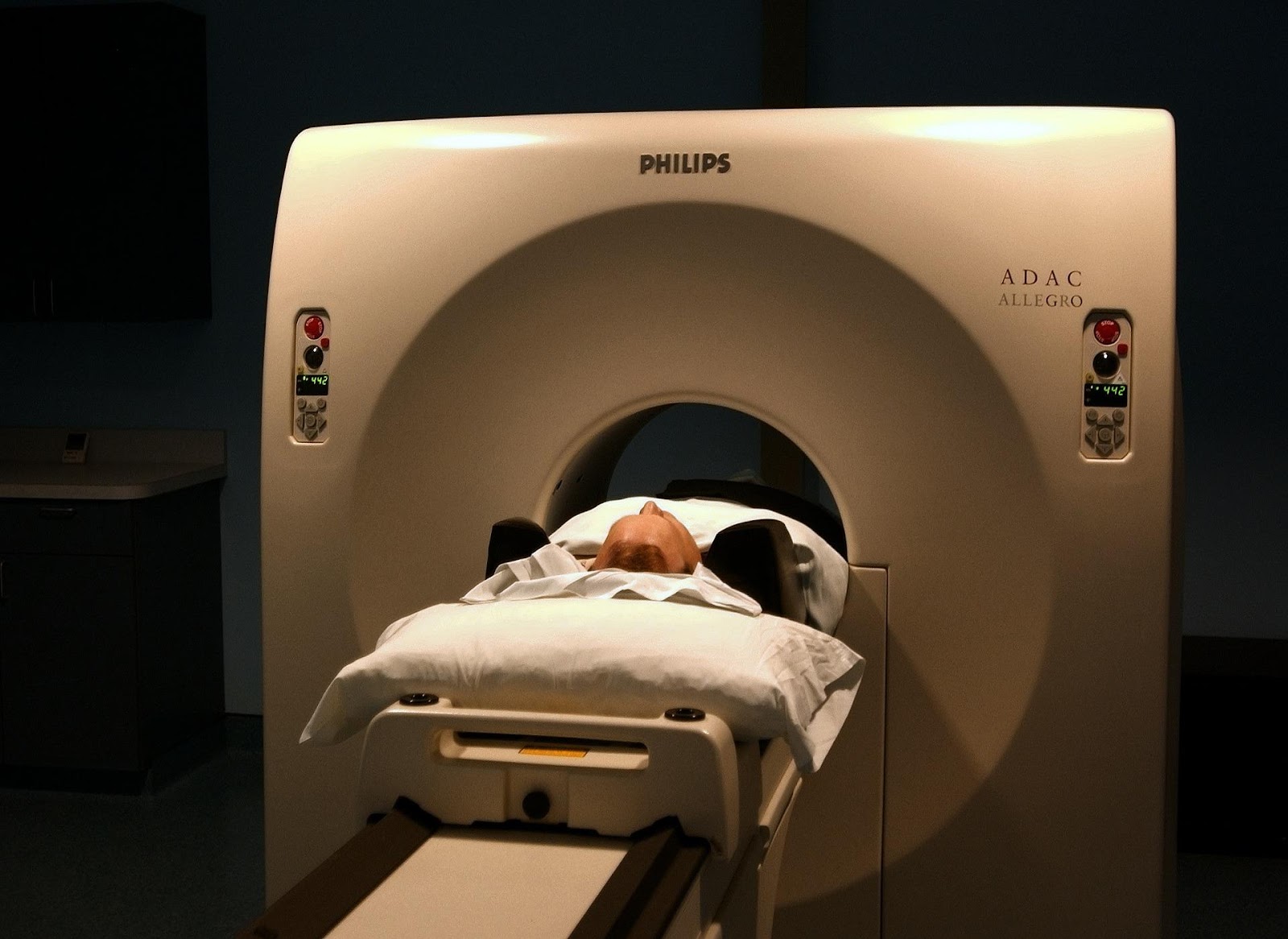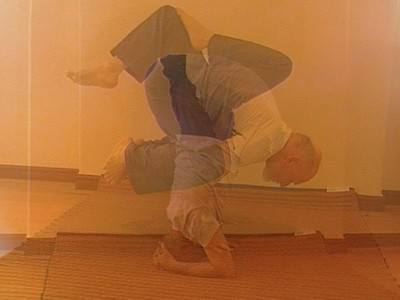
5 Tips to Care for Yourself While Recovering from Cancer
Being diagnosed with cancer is one of the most difficult trials a person can experience. The most important thing to know is that you’re not alone. In fact, Cancer Research UK holds that “there are more than 360,000 new cancer cases in the UK every year.”
Though this is likely the most difficult time in your life to focus on yourself, it’s also when it becomes more important than ever. Fostering your physical, mental, emotional and spiritual health can improve your quality of life during treatment and aid your recovery. If you’ve recently been given a cancer diagnosis, consider the following five tips to help yourself through the process.
1. Reduce the pain safely
There’s no getting around it — when it comes to cancer and the treatments involved, the pain is real. Obviously, you want to mitigate pain as much as you can, but it’s essential to do so safely. Over-prescription and abuse of pain medications is a severe problem, so be sure to double-check with your doctor about your prescribed amount, never take more than you are prescribed, and stop taking your medications if you ever start to feel uncomfortable or overly sedated.
It’s also worth exploring alternative methods of pain relief. For instance, acupuncture, medicinal plants, and yoga can be helpful in pain management. Hypnotherapy and self-hypnosis have also shown great promise, and might make it easier for you to cope with unpleasant feelings, both physical and emotional. As a supplemental self-therapy, look into CBD oil, which contains cannabinoids to help your body function without causing any psychoactive effects. Research shows that CBD oil can relieve treatment-related symptoms such as anxiety, chronic pain and nausea. The 2019 guide from Remedy Review provides details about some of the top CBD oils on the market.
2. Practice basic self-care
When it comes to self-care, the three most essential factors are diet, exercise and sleep. Treatment will naturally affect how you practice these, but it’s critical that you take care of yourself the best you can during this time because it can help you feel better. Try to eat well by avoiding processed foods, refined sugars and saturated fats. Try to maintain an exercise routine — walking, swimming and yoga are options to consider. Sleep is just as important. Restlessness is common among people with cancer, so try different things for your bedtime routine, and talk to your doctor for additional recommendations.
3. Stay social
Cancer is not something anyone should go through alone. While it can help to have someone with you at treatments, it’s also important to be around people for reasons unrelated to cancer. If you did certain social activities before your diagnosis, try to maintain them as well as you can. Going to movie night or dining out with your friends can help get your mind off cancer and bring a sense of normalcy to your life. Also, going to church functions or taking yoga classes are great ways to foster your spiritual life.
4. Find a hobby
Along with doing activities with other people, it can help to have a hobby that brings you joy. Did you used to enjoy crafts as a kid? Pick it up again and see if your interest is rekindled. Have you always wanted to write but never got around to it? Start a blog and share your story with others. Anything you can do that helps you step away from your daily stresses can be beneficial.
5. Join a support group
Finally, one of the best things you can do for your recovery is to join a support group. These groups can provide a place to share your experiences and get advice for everyday life from people who are either going through the same thing or have been through it before. Many people find that support groups reduce stress and anxiety, as well as improve mood and self-esteem.
If you’ve been diagnosed with cancer, it’s important that you give your overall health and well-being some attention. Use pain medication safely and explore alternative treatments. Try to eat well, exercise and sleep, and don’t give up your social life. Lastly, discover a fun hobby to do, and look into support groups. Taking care of yourself will help you maintain a higher quality of life as you navigate this tough time.
Photo Credit: Pixabay
